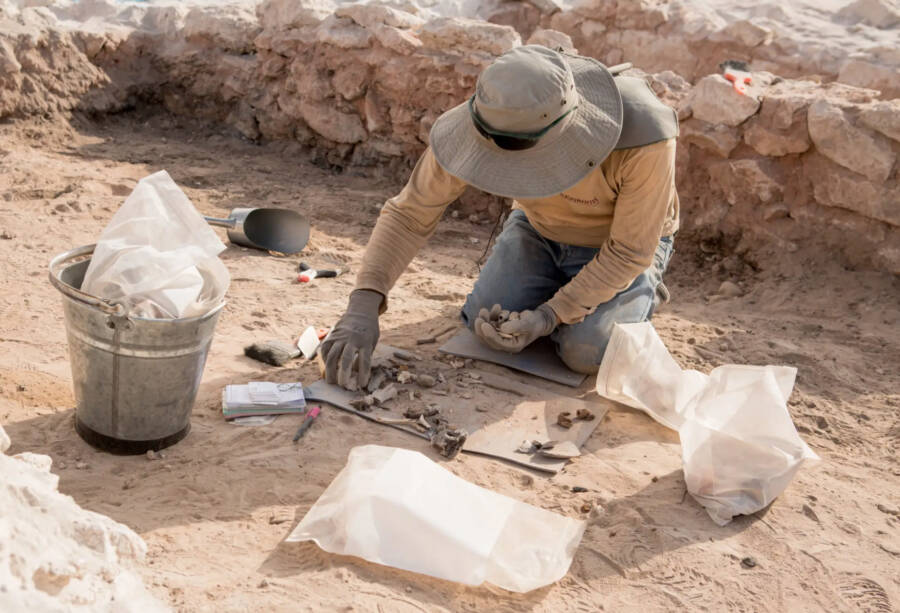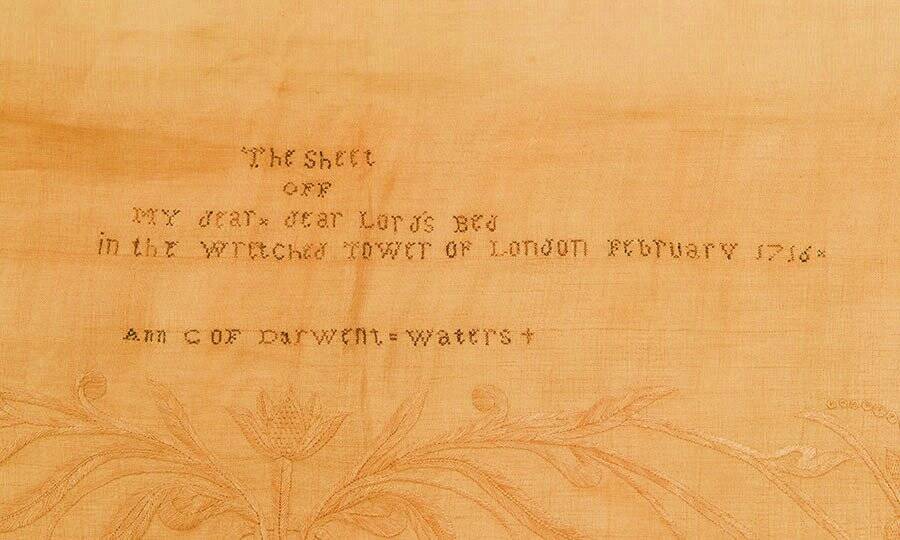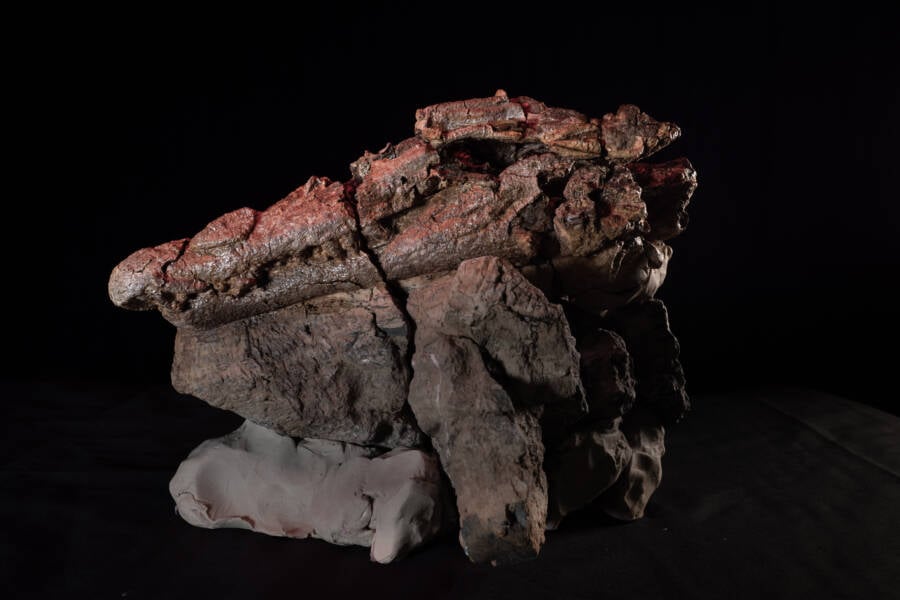Remnants of ancient psychedelic beer found in Peru, love note sewn with human hair put on display in London, prehistoric crocodile found with a dinosaur in its stomach.
Archaeologists Just Discovered That The Wari Warriors Of Ancient Peru Drank Beer Laced With Hallucinogens

Lisa Milosavljevic/Royal Ontario MuseumExperts say that the psychoactive vilca seeds used in this beer inspired hallucinations and out-of-body experiences similar to the effects of ayahuasca.
Archaeologists excavating an ancient town in Peru that was once inhabited by the Wari people have found a batch of 1,200-year-old seeds — that were used as the psychoactive ingredient in a hallucinogenic beer used to control the empire’s warriors and expand its power.
Researchers say that this beer would typically have been served at an elaborate feast “akin to a long, boozy, and likely quite a delightful dinner party.” Similar to ayahuasca, this brew was said to inspire intense visions that researchers called a “spiritual experience.”
Learn more about this potent cocktail and how it helped the Wari flourish centuries ago here.
Grisly 18th-Century Love Note Sewn With Human Hair To Be Displayed At London Museum

Museum of LondonThe note reads: “The sheet OFF MY dear dear Lord’s Bed in the wretched Tower of London February 1716 x Ann C of Darwent=Waters”
After her husband was executed in 1716, Anna Maria Radclyffe sat down to do some embroidery. But she used unusual tools. For cloth, she used the bedsheet from his Tower of London prison cell. And for thread, she used human hair — possibly plucked from his severed head.
Dig deeper in this report.
New Species Of Prehistoric Crocodile Discovered With A Dinosaur In Its Stomach

Australian Age of DinosaursThe crocodile was dubbed “Confractosuchus sauroktonos,” meaning “broken dinosaur killer.”
When paleontologists came across a 95-million-year-old crocodile skeleton in Queensland, Australia, they got more than they bargained for. Not only was the crocodile a previously unknown species, but it also had the remains of a dinosaur in its stomach.
“It’s just extraordinary,” raved Matt White, an associate at the Australian Age of Dinosaurs Museum, who led the research into the discovery. “This is the first time that a crocodile has been discovered with dinosaur remains in its stomach. It’s a world first.”
Read on here.





